
The prevalence of nonalcoholic fatty liver disease (NAFLD) is significantly higher in men (33%) than women (20%).

The prevalence of nonalcoholic fatty liver disease (NAFLD) is significantly higher in men (33%) than women (20%).
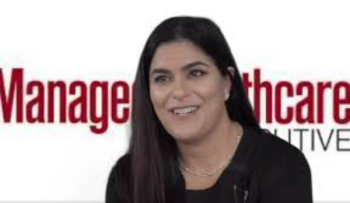
Zahra Mahmoudjafari, PharmD, BCOP, clinical pharmacy manager of Hematology/BMT/Cellular Therapeutics at University of Kansas Health System discussed CAR T-Cell therapies in managed care at the annual AMCP 2022 conference in Chicago.

Katie Lockhart, MA, manager of Magellan Health, addresses her AMCP 2022 conference session on the financial impact of specialty drugs and cost-impact models.
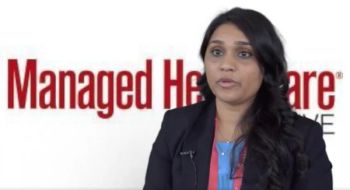
Soumya Vishwanath, PharmD, senior manager of Formulary Strategy at Magellan Rx Management, talked about digital therapeutics in the behavioral health space and formulary strategy space during the annual AMCP 2022 conference in Chicago.

“Popping a pill” makes cancer treatment more convenient, but research presented at the AMCP annual meetings shows that almost half of cancer patients on oral therapies are nonadherent. Oral administration typically moves a drug to the pharmacy benefit, which can mean high out-of-pocket costs and, in turn, nonadherence.

Over 130 digital therapeutics for behavioral health are in the pipeline, but many payers are still sussing out how best to evaluate them and perhaps provide coverage, according to panelists at AMCP 2022. And for all of their advantages, digital therapeutics have some notable limitations and drawbacks.
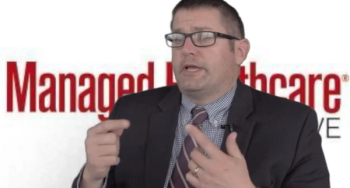
Michael Ciarametaro, MBA, National Pharmaceutical Council National discusses gene therapy and the Medicaid Best Price Rule with MHE during the annual AMCP conference in Chicago.

Dupixent (dupilumab) ushered in a new era and a growing number of treatment options has brought awareness to the condition. But the panelists also discussed problems with step therapy, delays and denials of treatment and the lack of a “gold standard” test for diagnosis.

Patients who live in rural areas incur a variety of costs attributed to physically getting into the office to meet with their doctor when the need arises. When those patients require more frequent visits for chronic disease management, the cost of transportation, missed work, out-of-pocket copays, and any number of other costs can become a substantial barrier to care.

The healthcare sector added 63,500 jobs in February alone – a kind of growth in healthcare employment hasn’t seen since pre-pandemic days. In addition to the healthcare industry alone, the senior care sector reported its third employment gain in a row with a total year-to-date increase of 9,000 jobs.

There is no lack of available COB solutions on the market, and the trouble is often identifying which option is the best fit for your organization. For optimal results, look for the following six elements in a COB solution to have the most success.

Equity is a central part of healthcare quality, but health plans often lack information on individual members’ race and ethnicity, making assessing and improving health outcomes challenging.

Spending growth sank from 9.7% in 2020 to 4.2% in 2021 as special pandemic-related programs tapered off, according to CMS actuaries. But in article published in Health Affairs they project spending growth to continue at a steady clip this decade with the country’s total spending on healthcare project to reach $6.751.5 trillion by 2030.

Kaiser Family Foundation researcher found that 26% of those with an insulin prescription who have bought health insurance coverage in the individual market would benefit from a cap of $35 on monthly out-of-pocket costs for insulin.

In this third segment of his interview with Managed Healthcare Executive®, Gorevic discusses whether Teladoc is in competition with primary care physicians, healthcare systems and CVS.
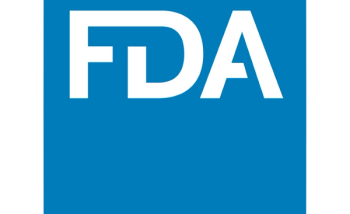
Keytruda gets another indication, the first targeted therapy for advanced prostate cancer is approved, BMS snags approval for Opdualag, the FDA misses PDUFA date for Reblozyl and issues CRLs for sintilimab and Natpara.

Summary: In this second installment of his interview with Managed Healthcare Executive®, Gorevic discusses ambitious goals for increasing per-participant, per-month revenues to $68.

In this episode of the "Meet the Board" podcast series, Briana Contreras, Managed Healthcare Executive editor, speaks with Ateev Mehrotra, a member of the MHE editorial advisory board and a professor of healthcare policy and medicine at Harvard Medical School. Mehtrotra is also a hospitalist at the Beth Israel Deaconess Medical Center in Boston. In the discussion, Contreras gets to know Mehrotra more on a personal level and picks his brain on some of his research interests including telehealth, alternative payment models and price transparency.

The longtime CEO of Teladoc discusses the company's deal with Amazon and providing telehealth services via Alexa in this first part of a three-part article series.

As the industry becomes oriented toward value-based care and its focus on high-value outcomes, utilization management must evolve to address the entire patient care journey, often across multiple episodes of care.

Data is shown in a recent American Medical Association survey, which comes as Congress recently extended the availability of telehealth for Medicare patients beyond the current COVID-19 public health emergency.

Tagged with the moniker "late retirees," this group of Medicare first-timers isn’t ready to call it quits. How can you help them? Find out below:
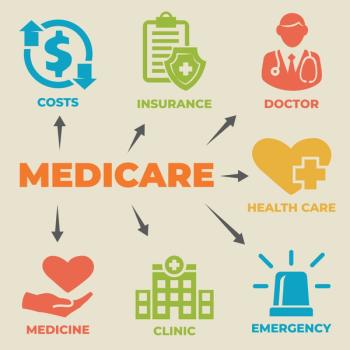
The proposed rules might ratchet down drug costs for Medicare beneficiaries and would set network adequacy standards.

In this final video of a two-part video series, Jason Warrelmann, global director of Healthcare and Life Sciences at UiPath, addressed why automation is necessary for patients and providers and how other healthcare organizations can better overcome the challenges of adopting automation within their health system.

A company-sponsored study found that Theranica’s digital therapeutic Nerivio resulted in a substantial reduction in intake of prescribed pharmacological medications

Court challenges on the independent dispute resolution process. A district court judge has vacated that part of the law nationwide.

But there is no significant difference in rate of hospitalization for major bleeding when Eliquis is compared with Xarelto or warfarin.

In this first of a two-part video series, Jason Warrelmann, global director of Healthcare and Life Sciences at UiPath, addressed the incline of automation in healthcare, why it's necessary for patients and providers and how other healthcare organizations can better overcome the challenges of adopting automation within their health system.


Five years ago, health care providers didn’t see mobile as a priority or a necessary tool in improving the patient experience. The pandemic changed that.